-
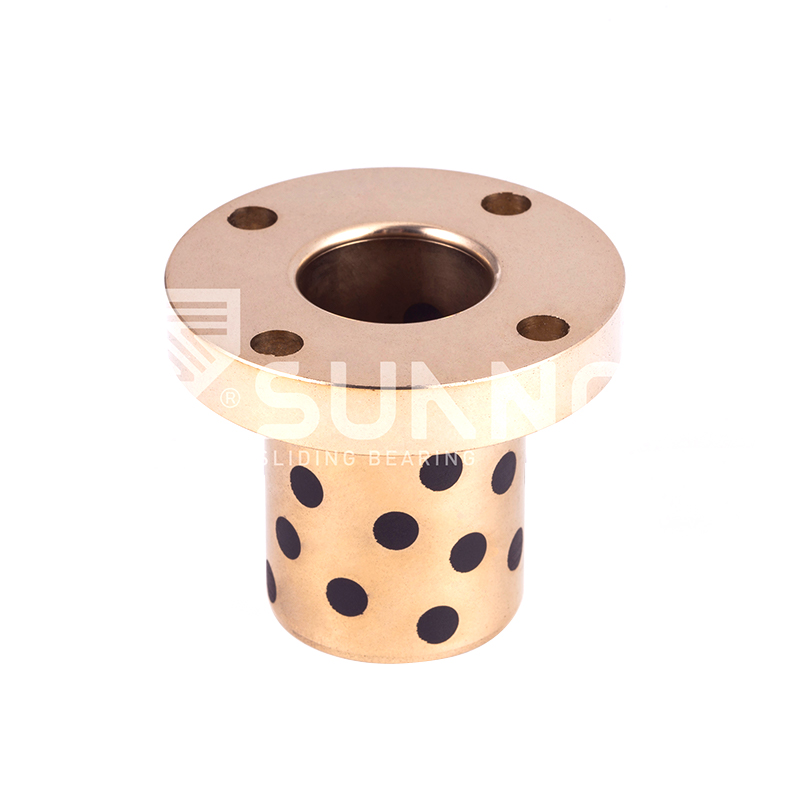 JDB Solid-lubricating Bearing JFB650 Metric Oil Free Self Lubricating Bronze Round Flanged Bearing
JDB Solid-lubricating Bearing JFB650 Metric Oil Free Self Lubricating Bronze Round Flanged Bearing -
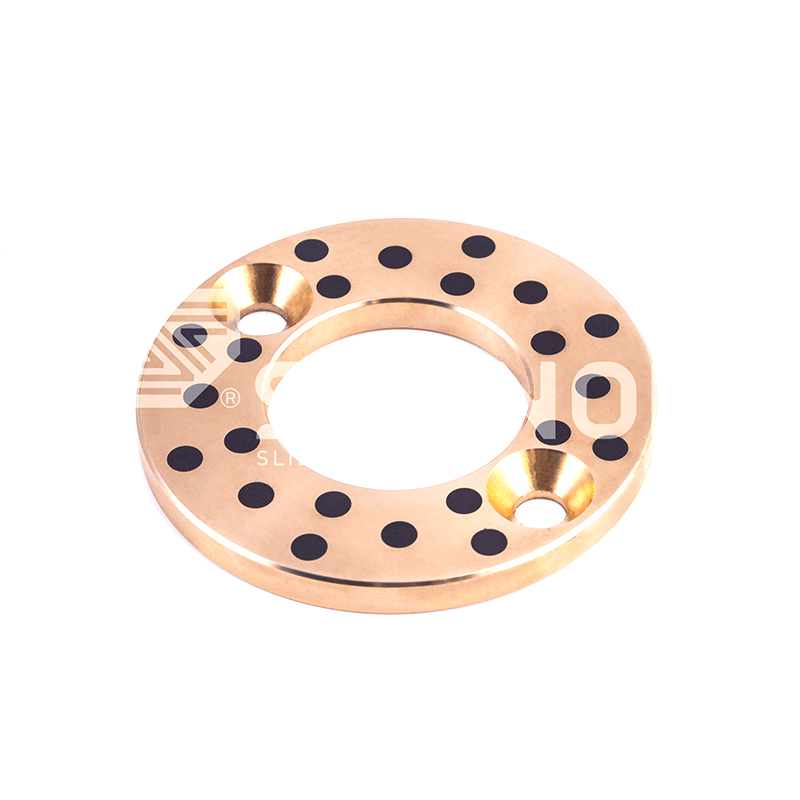 JDB Solid-lubricating Bearing JTW Solid Lubricant Graphite Oilless Bronze Thrust Washer Bearing
JDB Solid-lubricating Bearing JTW Solid Lubricant Graphite Oilless Bronze Thrust Washer Bearing -
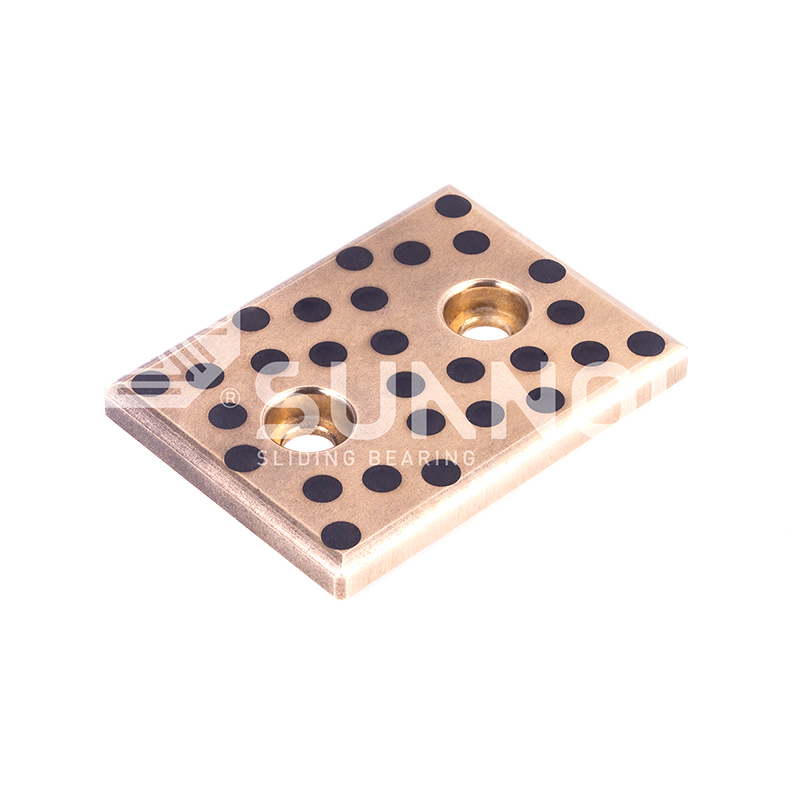 JDB Solid-lubricating Bearing JTWP No Oil Needed Wear Resistance Zero Maintenance Oilless Wear Plate
JDB Solid-lubricating Bearing JTWP No Oil Needed Wear Resistance Zero Maintenance Oilless Wear Plate -
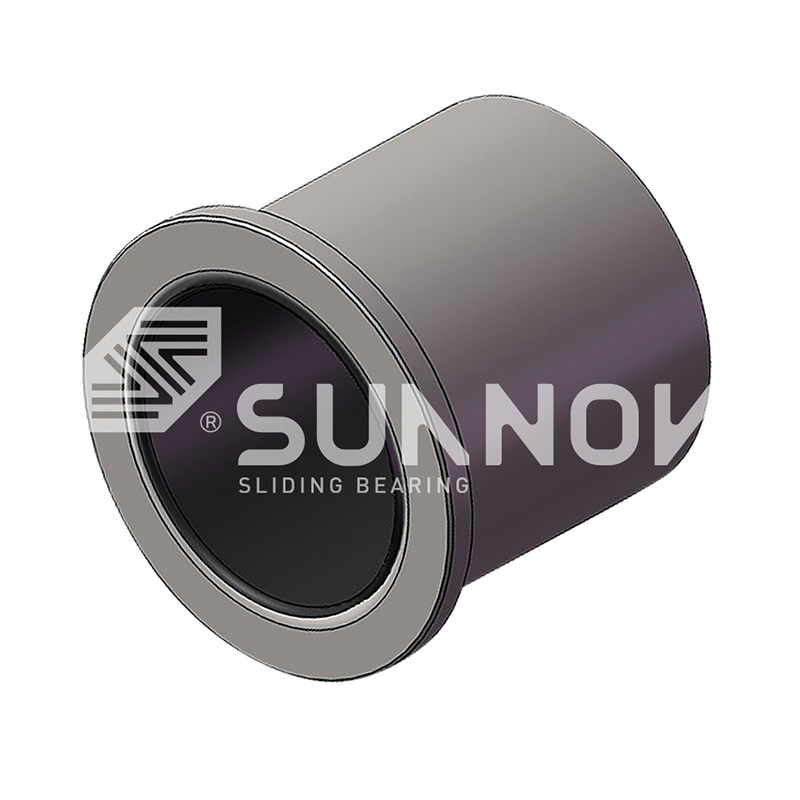 Oil-retaining Bimetallic Bearing Wear-Resistant Self-Lubricating Oil-Embedded 200#F Flanged Bearing
Oil-retaining Bimetallic Bearing Wear-Resistant Self-Lubricating Oil-Embedded 200#F Flanged Bearing -
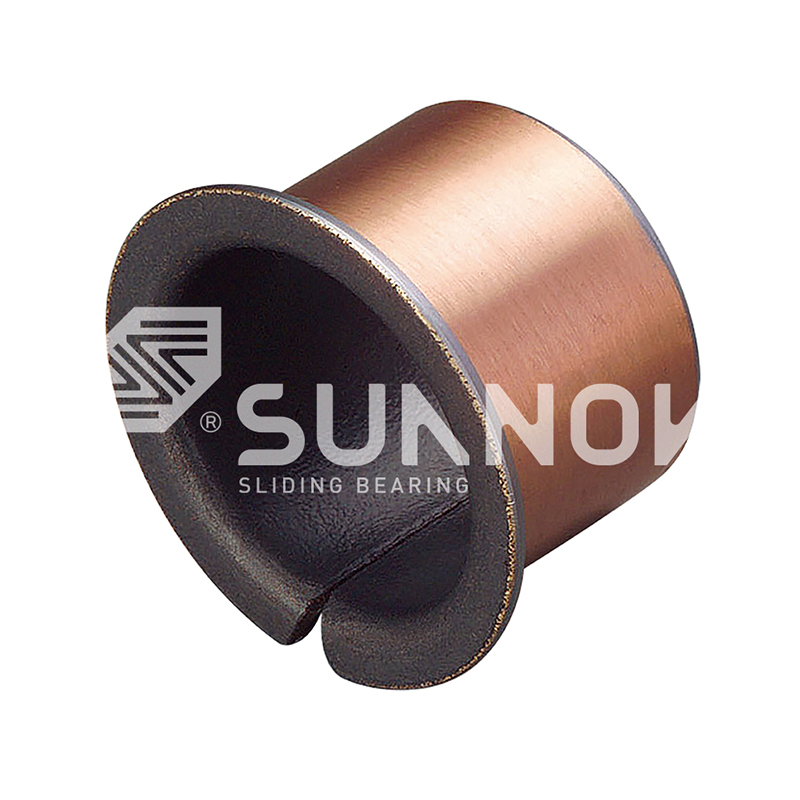
-
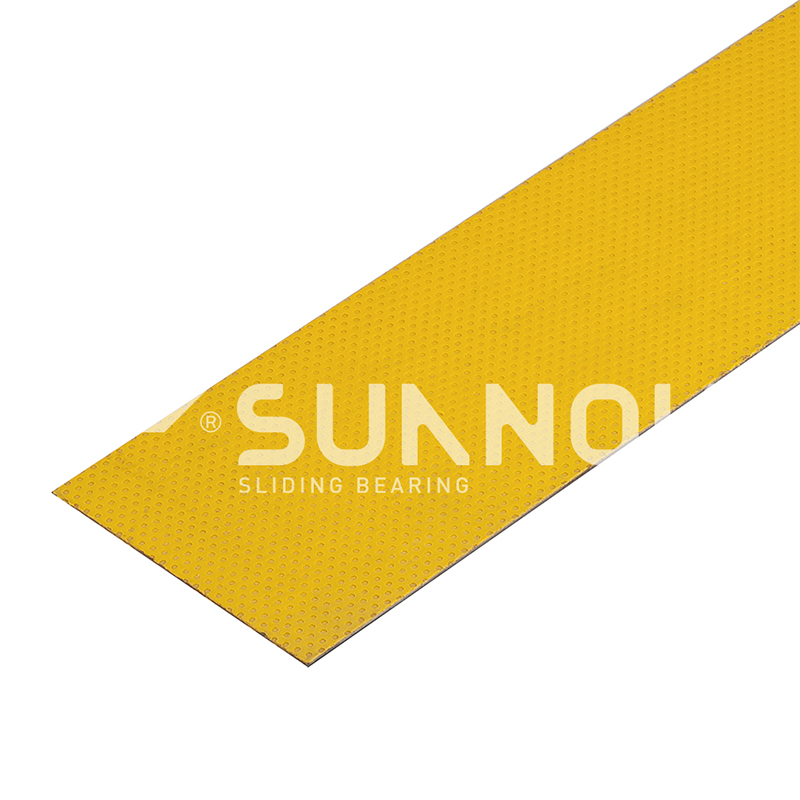 SF-2 Boundary Lubricating Bearing SF-2SP Standard Metric Size Self Lubricating Wear Strip With PTFE
SF-2 Boundary Lubricating Bearing SF-2SP Standard Metric Size Self Lubricating Wear Strip With PTFE -
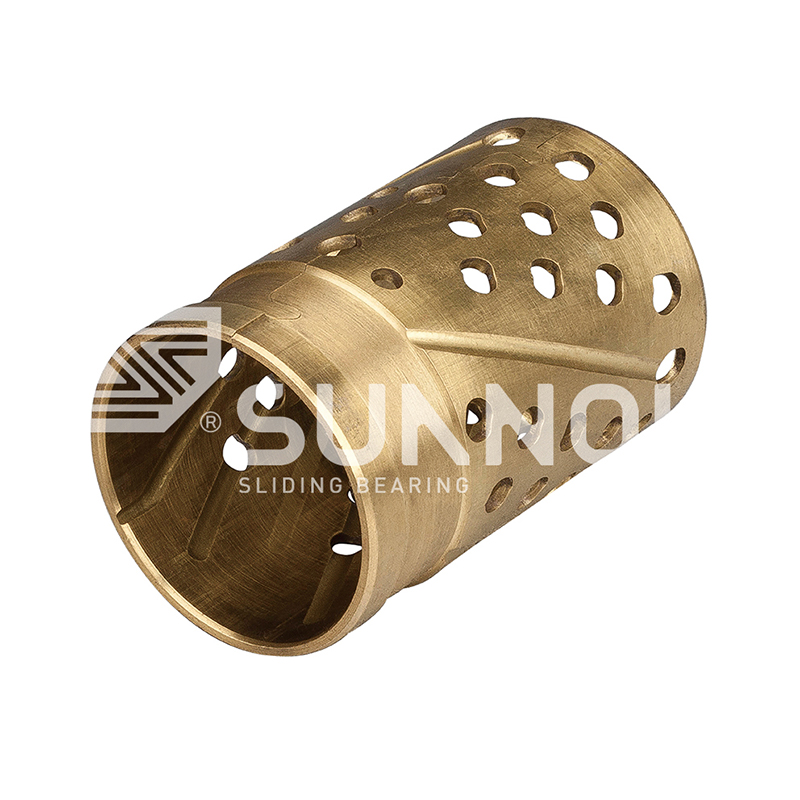 FB090 Bronze Wrapped Bearing FB091 High-Performance Copper Wrapped Bearing & Bushing | Bronze Bush
FB090 Bronze Wrapped Bearing FB091 High-Performance Copper Wrapped Bearing & Bushing | Bronze Bush -
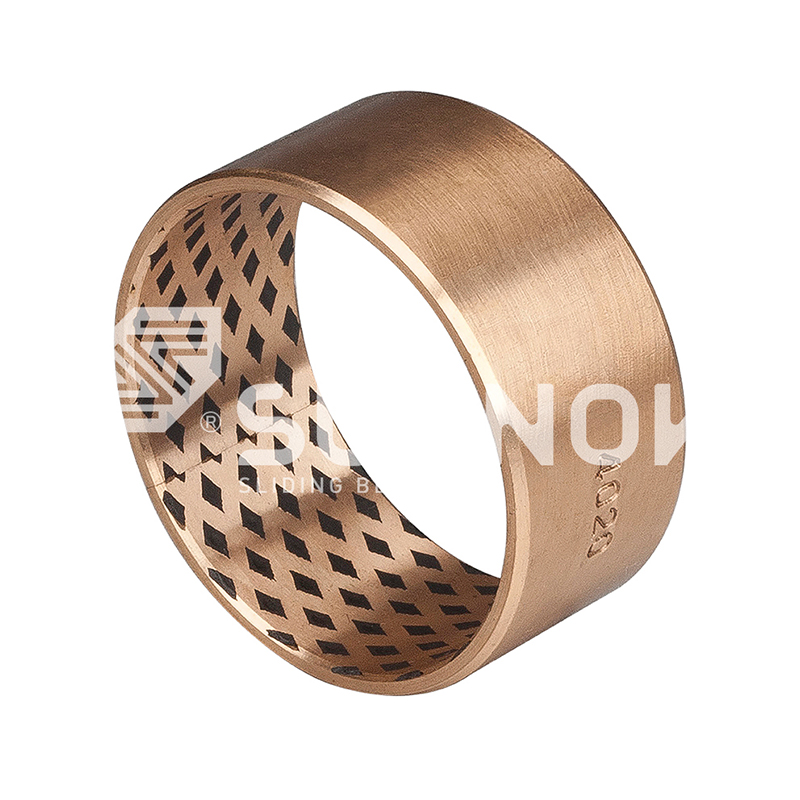 FB090 Bronze Wrapped Bearing FB09G Bronze Wrapped Bearing | Industrial Bronze Wrapped Bearing Bushing
FB090 Bronze Wrapped Bearing FB09G Bronze Wrapped Bearing | Industrial Bronze Wrapped Bearing Bushing
Solid Lubricant Embedded Bushings: The Ultimate Guide to Maintenance-Free Performance
Industry News-- 1 Understanding Solid Lubricant Embedded Bushings and Their Applications
- 2 The Best Self-Lubricating Bushings for High Temperature Applications
- 3 Maintenance-Free Bronze Bushings with Solid Lubricants: A Cost-Effective Solution
- 4 How Solid Lubricant Bearings Reduce Friction in Dry Conditions
- 5 Selecting Long-Lasting Bushings for Heavy Load Equipment
- 6 Implementing Solid Lubricant Bushings in Your Operations
Understanding Solid Lubricant Embedded Bushings and Their Applications
Solid lubricant embedded bushings represent a significant advancement in bearing technology, offering maintenance-free operation and extended service life in demanding environments. These specialized bushings incorporate solid lubricants directly into their matrix, creating a self-lubricating surface that eliminates the need for external lubrication systems. The technology behind these bushings has evolved considerably over the past decade, making them suitable for an increasingly wide range of industrial applications.
JFB650 Metric Oil Free Self Lubricating Bronze Round Flanged Bearing
How Solid Lubricant Technology Works
The fundamental principle behind solid lubricant embedded bushings involves the uniform distribution of solid lubricant particles throughout the bearing material. When in operation, these lubricants gradually transfer to the bearing surface, creating a protective film that reduces friction and wear. This process occurs continuously throughout the bushing's lifespan, ensuring consistent performance without manual intervention.
Key Advantages Over Traditional Bushings
- Elimination of external lubrication requirements
- Reduced maintenance costs and downtime
- Improved performance in extreme temperatures
- Enhanced resistance to contamination
- Longer service life compared to conventional bushings
The Best Self-Lubricating Bushings for High Temperature Applications
High-temperature environments present unique challenges for bearing components, making self-lubricating bushings for high temperature applications an essential solution for many industries. Traditional lubricants often fail under extreme heat, either breaking down or evaporating, which leads to increased wear and potential equipment failure.
Material Composition for Thermal Stability
The effectiveness of these bushings in high-temperature settings stems from their specialized material composition. Typically, they combine high-temperature-resistant matrices with solid lubricants that maintain their properties even when exposed to continuous heat. Common matrix materials include:
- Bronze alloys with enhanced thermal conductivity
- Specialized polymer composites with high melting points
- Metal-polymer combinations for optimal thermal expansion characteristics
Performance Comparison at Elevated Temperatures
The following table illustrates how different bushing types perform under increasing temperature conditions:
| Temperature Range | Standard Bushings | Self-Lubricating Bushings for High Temperature Applications |
|---|---|---|
| Room Temperature to 150°C | Good performance with regular lubrication | Excellent performance, no lubrication needed |
| 150°C to 300°C | Reduced lifespan, frequent relubrication required | Stable performance, minimal wear |
| Above 300°C | Rapid failure likely | Special formulations available for continuous operation |
Maintenance-Free Bronze Bushings with Solid Lubricants: A Cost-Effective Solution
The development of maintenance-free bronze bushings with solid lubricants has revolutionized many industrial applications where reliability and reduced maintenance are critical. Bronze, as a traditional bearing material, offers excellent mechanical properties that are further enhanced by the incorporation of solid lubricants.
The Manufacturing Process
Creating these advanced bushings involves a sophisticated manufacturing process that ensures uniform distribution of solid lubricants throughout the bronze matrix. The process typically includes:
- Powder metallurgy techniques for precise material composition
- Specialized sintering processes to bond materials at molecular levels
- Quality control measures to verify lubricant distribution
- Final machining to achieve precise dimensional tolerances
Applications Across Industries
The unique properties of maintenance-free bronze bushings with solid lubricants make them ideal for numerous applications:
- Agricultural machinery operating in dusty environments
- Construction equipment subject to heavy loads and vibrations
- Marine applications where corrosion resistance is essential
- Food processing equipment requiring clean operation
- Automotive components where reliability is paramount
How Solid Lubricant Bearings Reduce Friction in Dry Conditions
The ability of solid lubricant bearings to reduce friction in dry conditions represents one of their most valuable characteristics, particularly in applications where liquid lubricants are impractical or impossible to maintain.
The Science Behind Friction Reduction
Solid lubricants work through several mechanisms to minimize friction even without external lubrication:
- Formation of transfer films on counterpart surfaces
- Creation of low-shear-strength interfaces
- Prevention of metal-to-metal contact
- Accommodation of surface imperfections
Performance Metrics in Dry Operation
Extensive testing has demonstrated the effectiveness of these bearings in dry conditions. Key findings include:
| Operating Condition | Conventional Bearings | Solid Lubricant Bearings Reducing Friction in Dry Conditions |
|---|---|---|
| Initial friction coefficient | 0.15-0.25 | 0.08-0.12 |
| Friction after 100 hours | 0.30+ (with increased wear) | 0.10-0.13 (stable) |
| Wear rate (mm³/Nm) | 10⁻⁶ to 10⁻⁵ | 10⁻⁷ to 10⁻⁶ |
Selecting Long-Lasting Bushings for Heavy Load Equipment
When it comes to heavy-duty applications, choosing long-lasting bushings for heavy load equipment becomes critical for operational efficiency and cost management. Solid lubricant embedded bushings offer distinct advantages in these demanding environments.
Key Selection Criteria
Several factors must be considered when selecting bushings for heavy load applications:
- Load capacity (static and dynamic)
- Impact resistance
- Wear characteristics under high pressure
- Compatibility with mating materials
- Environmental conditions
Performance Under Extreme Loads
The structural integrity of long-lasting bushings for heavy load equipment allows them to outperform conventional alternatives:
| Load Condition | Standard Bushings | Solid Lubricant Embedded Bushings |
|---|---|---|
| Static Load Capacity | Moderate, requires frequent inspection | High, with excellent creep resistance |
| Dynamic Loads | Limited fatigue life | Extended service life under cycling loads |
| Impact Loads | Potential for brinelling | Superior energy absorption |
Implementing Solid Lubricant Bushings in Your Operations
The transition to solid lubricant embedded bushings requires careful consideration of several operational factors to maximize their benefits.
Installation Best Practices
Proper installation is crucial for optimal performance of these advanced bushings:
- Ensure proper housing bore preparation and finish
- Follow recommended press-fit procedures
- Verify alignment during installation
- Check for proper clearance based on thermal expansion characteristics
- Confirm proper shaft surface finish and hardness
Monitoring and Maintenance Considerations
While solid lubricant embedded bushings are designed for maintenance-free operation, some monitoring is still advisable:
- Regular visual inspections for unusual wear patterns
- Vibration monitoring in critical applications
- Temperature checks in high-load conditions
- Periodic measurement of clearance in precision applications

